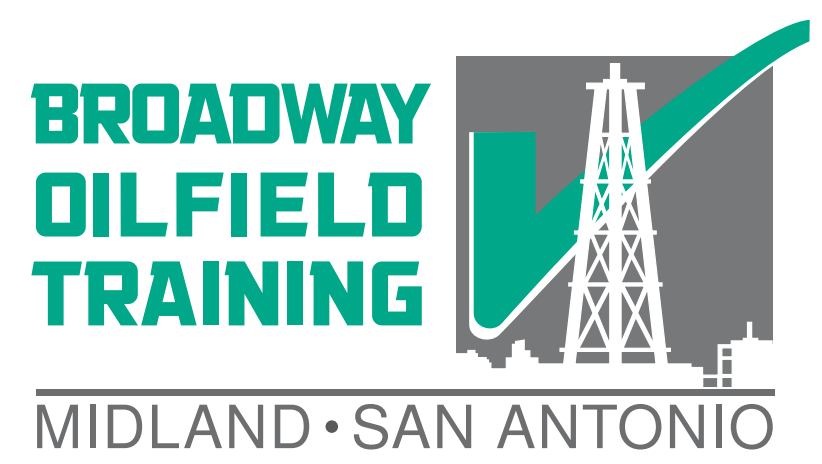Once your rig crew has gotten set up with RigPass (SafeLand), a respirator fit test, and San Antonio H2S training, this does not mean that training for protection against hazardous atmospheres is completely over. Equipment needs to be practiced with, drilled on, inspected, and training must be re-certified at a regular basis.
PRACTICE
For those who use H2S protective equipment on a daily basis, practice will be a natural part of the work. For example, if you as an oil and gas worker always put on a hydrogen sulfide monitor each and every day then this will simply become habit. When workers can struggle with their equipment is when the equipment is complex, rarely used, and not practiced with in between uses. An example is the use of SCBA, which is rarely used and never practiced–when the SCBA is needed in the event of an H2S emergency, the consequences of it not being donned quickly and properly are possibly dire. Companies must put into place policies for practice of rarely used critical H2S protective equipment, especially respiratory protection.
EMERGENCY DRILLS
For any operation that works with H2S or around H2S, drills are important to make sure that the contingency plans are put into place in the event of an emergency release. API RP 49, which covers working with H2S in drilling and well servicing, strongly recommends regular H2S drills, although it does not also suggest a recommended frequency. The only recommended frequency for H2S drills that we are aware of comes down in BLM onshore order number 6 which designates weekly H2S drills for high H2S wells. This makes some sense as it is the same frequency as a BOP drill and an H2S release is likely somewhere similar to the risk level and frequency of a standard well control incident for a lot of South Texas oil and gas operators.
EQUIPMENT INSPECTION
All equipment needs some kind of inspection each time it is used. An H2S monitor needs to be checked daily to make sure it is functioning and not plugged. Each time a respirator is donned, the mask needs to be checked to make sure the seal is still intact. The tank and frame also need regular inspection, as well as pressure testing, usually every 2 years depending on the manufacturer recommended testing frequency.
SAN ANTONIO H2S RETRAINING
After a student has left a class, the knowledge that they have retained from that class will slowly deplete over time. This is why certifications require training to be renewed over certain periods of time. The H2S training at the awareness level should be done yearly, and fit testing should be done yearly as well so that changing face sizes are checked to ensure good H2S respirator fit. RigPass with SafeLand does not expire, however some companies do add this as a refresher training because of all the topics this oil and gas safety training covers, including safety culture.
Although these hydrogen sulfide training and retraining requirements may seem daunting when workers are new to respirator safety, staying current with respirator safety and constantly working to stay safe keeps workers sharp and H2S aware. In South Texas, there are pockets where H2S is more severe, so workers that keep up to date with their training even when they are outside of those hydrogen sulfide areas will stay ahead and stay safe when a hydrogen sulfide emergency arises.
Recommended training: San Antonio H2S Training, SafeLand
Notice: Article is provided as is and for informational use only. Eagle Ford Training San Antonio, its owners, instructors, and affiliates hereto referred as the company shall have no liability for and you shall defend, indemnify and hold harmless from and against any claim loss demand, liability, obligation, and expense based upon any injury or damage, spill or pollution, product liability, or any other loss that may occur. The liability for the use of information is solely yours notwithstanding any act of error or omission by the company.
